Electromagnetics Blog Posts
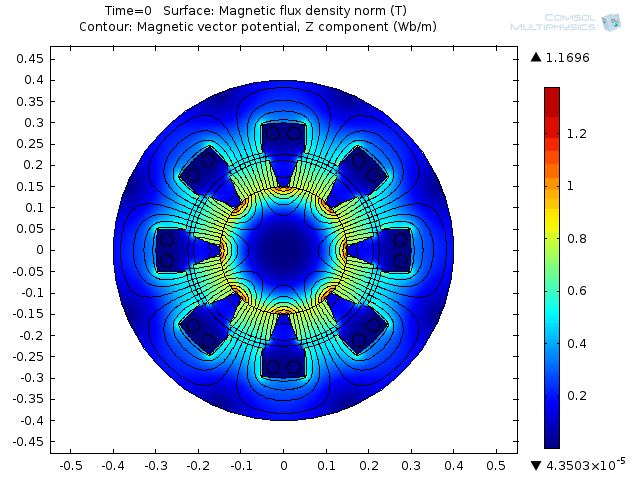
Simulating Permanent Magnet Generators
Permanent magnet generators, or PM generators as they are also called, generate power without batteries. PM generators consist of a magnetic stator coiled with wire and a wheel with permanent magnets rotating inside the stator. From motorcycles to wind farms, PM generators can be used in many electrical machinery applications. Let’s take a look at how these types of generators work and how they can be simulated.
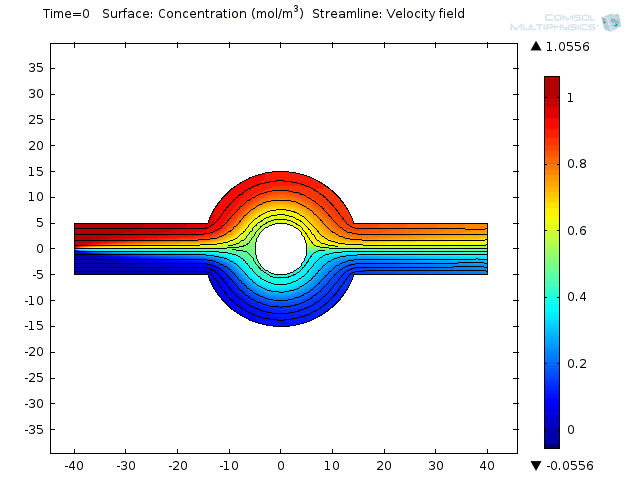
Microfluidics Model of an Electroosmotic Micromixer
When you need to mix something at a very small scale you don’t reach for a teeny-tiny whisk. If you’re working with microscale biochemical applications you’d be more likely to rely on diffusion to mix fluids. With highly ordered laminar flow there is no turbulence involved, thus making diffusion a prime candidate for “getting the job done”. But what if you need to mix larger molecules? Larger molecules mean higher molecular weight, which in turn leads to very long equilibration […]

Halloween Special: Cloaking Devices and Capes of Invisibility
What if this Halloween you could take your costume to the next level and turn yourself invisible? There are bounds of references to invisibility throughout fairy tales, folk lore, and pop culture. From capes and hats to cloaking devices, many fictional characters have been provided with a means for rendering themselves invisible. In the spirit of Halloween, let’s have a closer look at cloaking from a fictional and scientific stand-point.
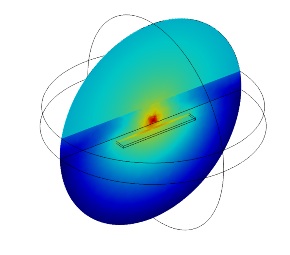
Oil Companies Rely Heavily on Engineers
It’s no secret that there’s a lot of guesswork involved in oil production. Oil companies make “Big Money” decisions based on estimates – estimates with huge margins of error. What’s more, there is an incredible amount of risk involved, but with the potential for a large pay-off if all goes according to plan. The plan is based on “best guesses” and less than perfect data. Still, there are many big players in the oil industry that are doing very well […]
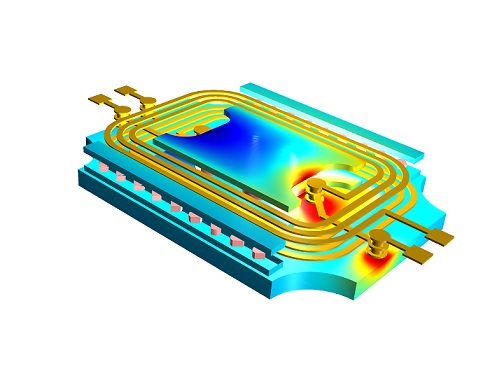
New Product that Helps Electrical and Electronics Engineers
As much as we would like to think that finite element analysis (FEA) is the be-all and end-all of simulations, it’s not true. There is also a camp of engineers out there that model integrated circuits and similar systems. These are based on different physics and equations than what FEA typically solves for. Yet, as is happening more and more in the world of virtual prototyping, the two types of simulations are converging. Now they need to integrate with each […]
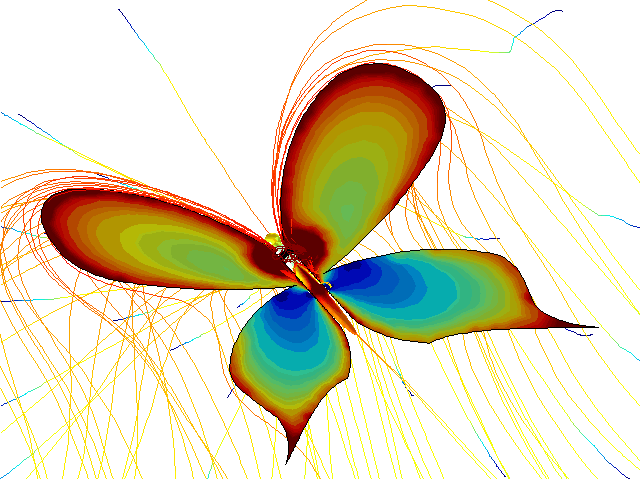
A Creative Take on RFID Tags
These days, RFID tags are used in many applications. Ranging from packing slips to ID badges, RFID tags are embedded into many different objects by businesses everywhere. Once tagged, these can be tracked to improve functions such as inventory management, security, manufacturing processes, and more. You can also implant an RFID tag into animals, such as cattle or pets, so that they can be found in case of theft or loss, for instance. Wild animals that are found far from […]
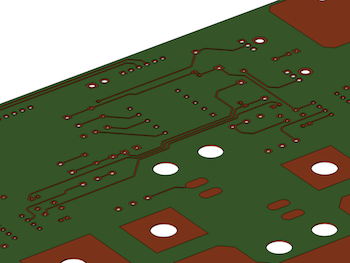
What Is ECAD and Why Is It Used in FEA?
Electronic computer-aided design (ECAD) is typically used to design and develop electronic systems. Although the acronym is a mere letter away from “CAD”, there’s actually more to the story than appending the word “electronic” to “computer-aided design”. So, what is ECAD and why is it used in finite element analysis (FEA)?
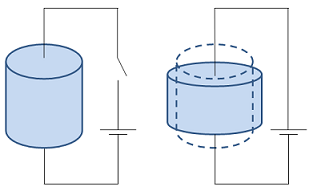
What Is Piezoelectricity?
All this talk about piezoelectricity got me thinking about how surrounded we are by everyday items whose performances rely on this physical process. Examples include inkjet printers, speakers, electric guitars, and ultrasound imaging systems. With so many different common objects utilizing this phenomenon, it may lead you to wonder: what is piezoelectricity?
